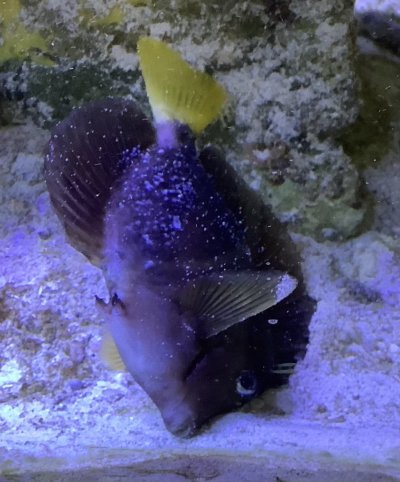- Joined
- Jan 24, 2008
- Messages
- 87
- Reaction score
- 12
I used ro/di water and baking soda to match the ph. It was for five minutes. Thank you for your reply. He’s not looking better.How long was the freshwater dip for?
I know this is an obvious one, but just confirming the water was dechlorinated correct?
Just to check is the water from city or well?
Freshwater dips can be quite a shock, I’m guessing particularly for older fish who haven’t been dipped in a long time, if ever. It should start looking back to normal again within an hour or so. I know it’s tempting to put him back in the 180gallon, but unless something was significantly wrong with how you made the water for 45gall, it likely won’t make a difference and could just stress the fish more.


















